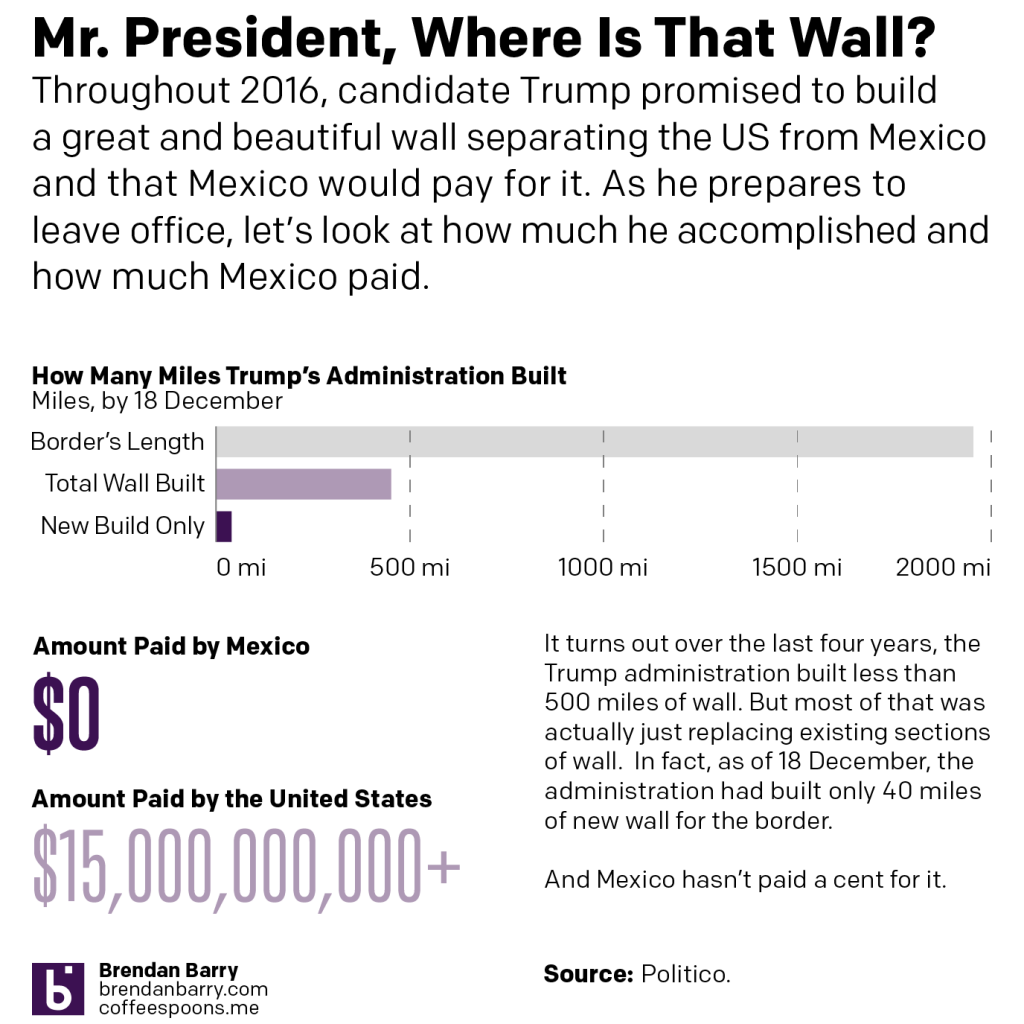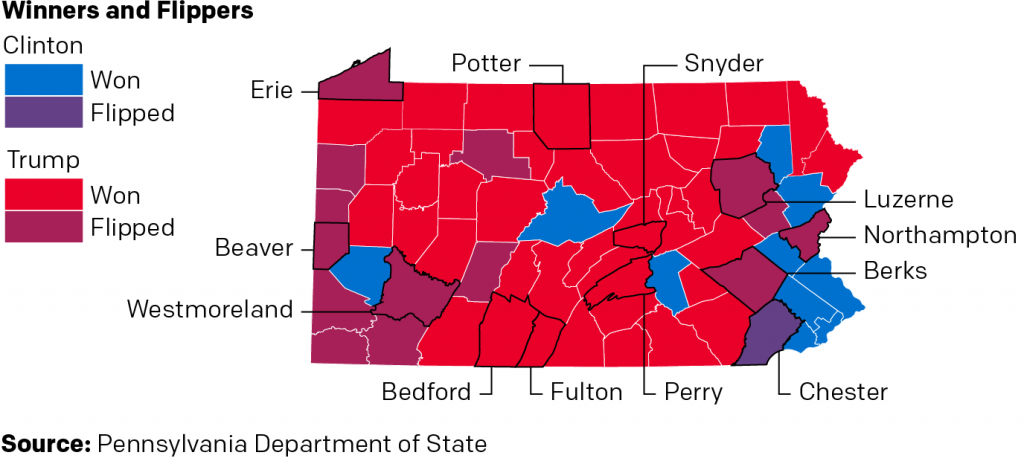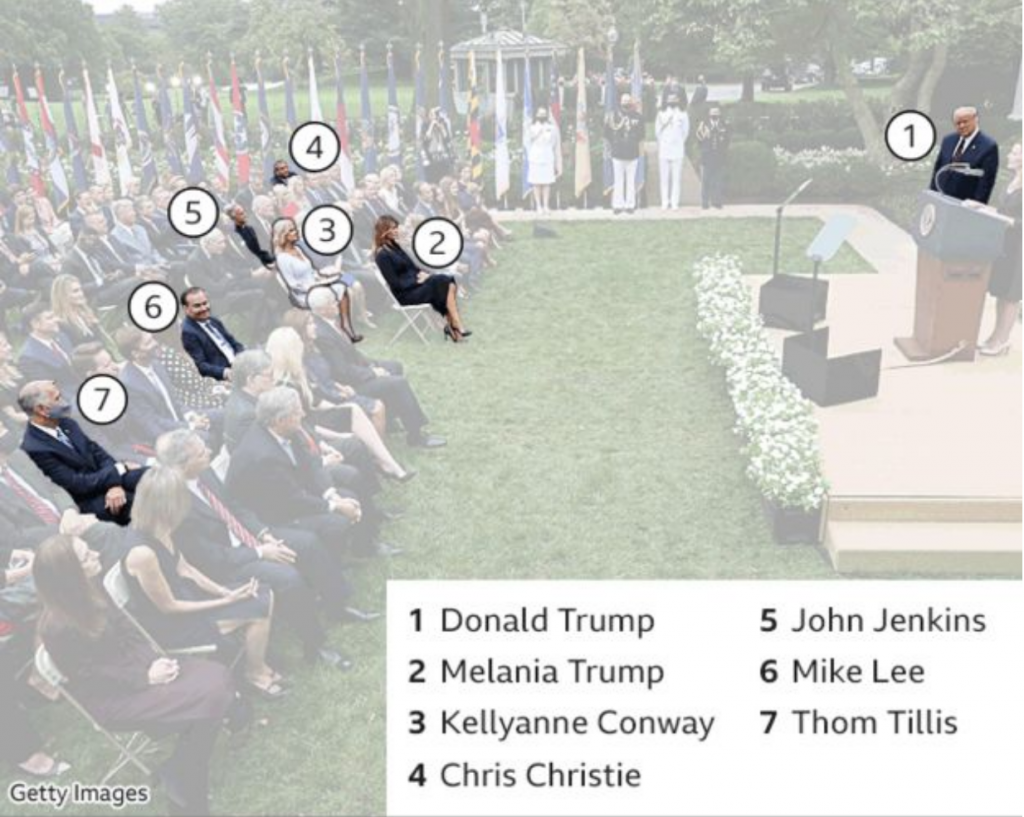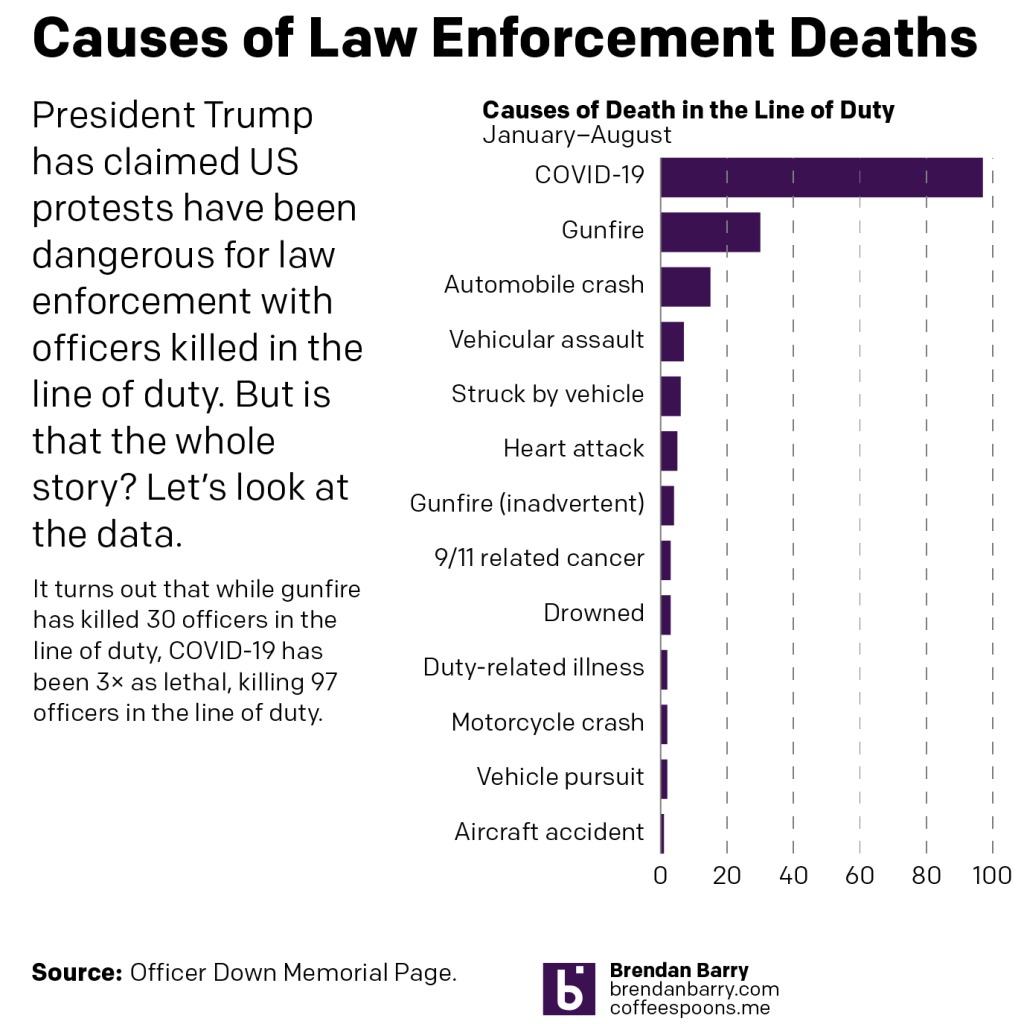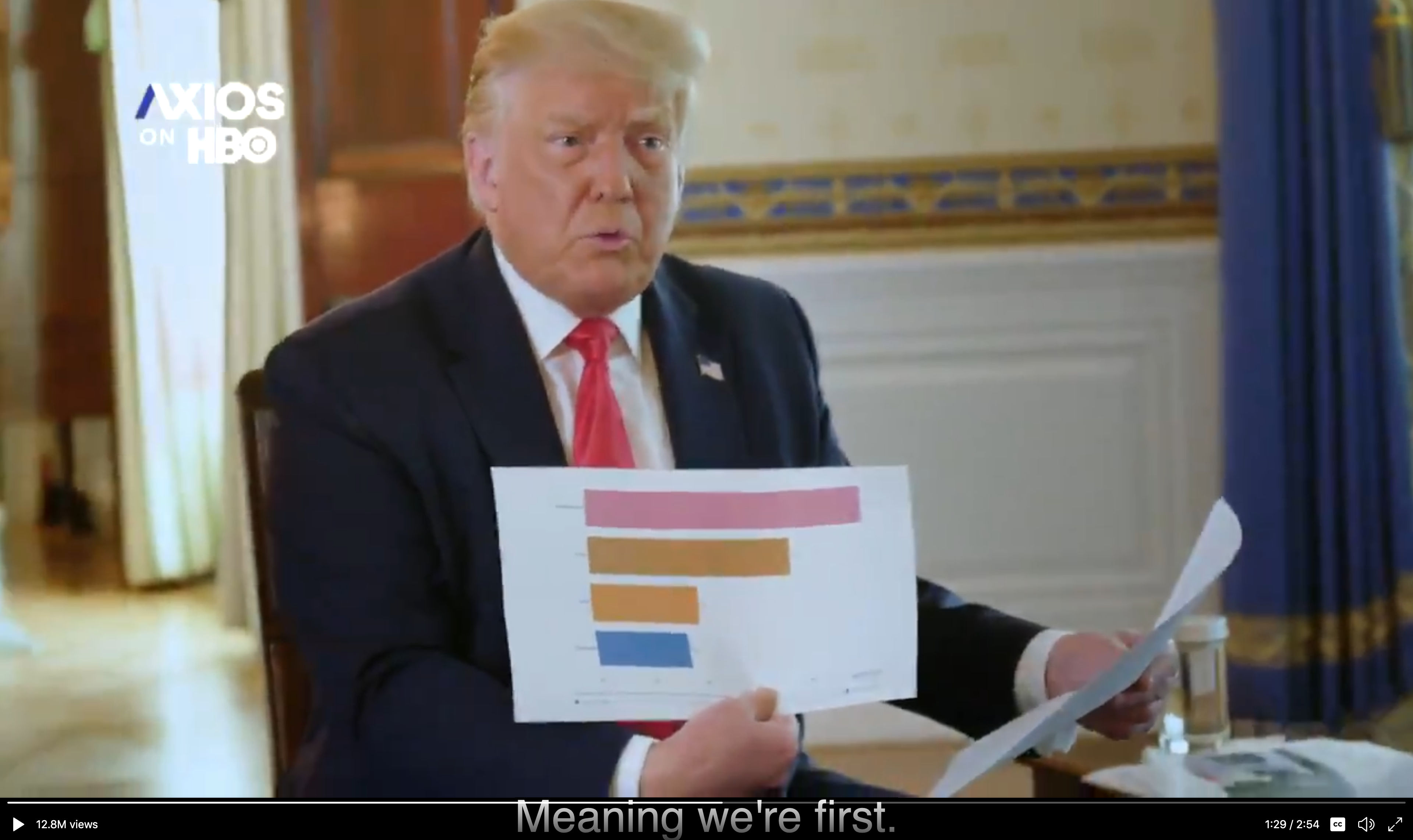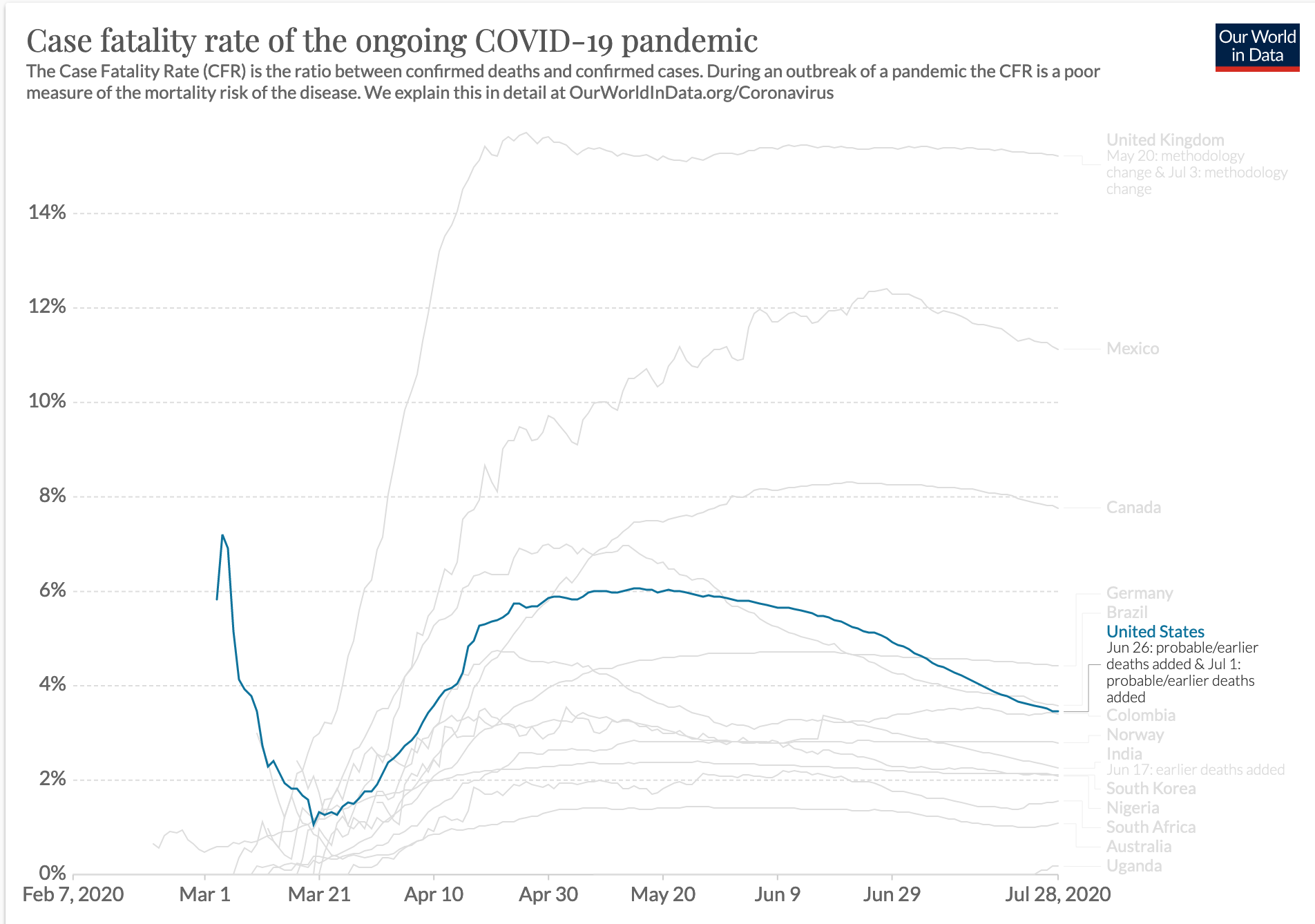Like many Americans I closely followed the outcome of yesterday’s historic vote by the House of Representatives to impeach President Trump for his incitement of an insurrection at the US Capitol in a failed coup attempt to overturn the 2020 election.
Words I still never thought I’d write describing an American election.
So at the end of the vote, I created this first graphic to capture the bipartisan nature of the impeachment. Ten Republicans broke ranks and voted with the Democrats. Keep in mind that in 2020, zero Republicans did the same. Justin Amash had by then resigned from the Republican Party and sat as an independent.

But I was also interested in how “courageous” these votes could be seen. Trump remains immensely popular with his base despite his attempt to overthrow the US government and keep himself in power. Did the Republicans who supported impeachment sit in districts won by Biden?
The answer? Not really. Two did: congressmen from New York and California. But a look at the other eight reveals they represent Trump-supporting districts.

To be fair, there are probably three tiers of seats in that group. Liz Cheney, the No. 3 Republican in the House, is in her own Trump-supporting seat as Wyoming’s at large representative. But four other Republicans have seats where Trump won by more than 10 points.
Three more Republicans are in seats I’d label competitive, but lean Republican.
Clearly the argument can be made that for most of these Republicans, it was not a politically safe choice to vote for impeachment. House seats will be redistricted this year for the 2022 midterms, but I’ll be curious to see how these Republicans fare in those redistricting proceedings and then in the ultimate elections thereafter.
Credit for the piece is mine.

